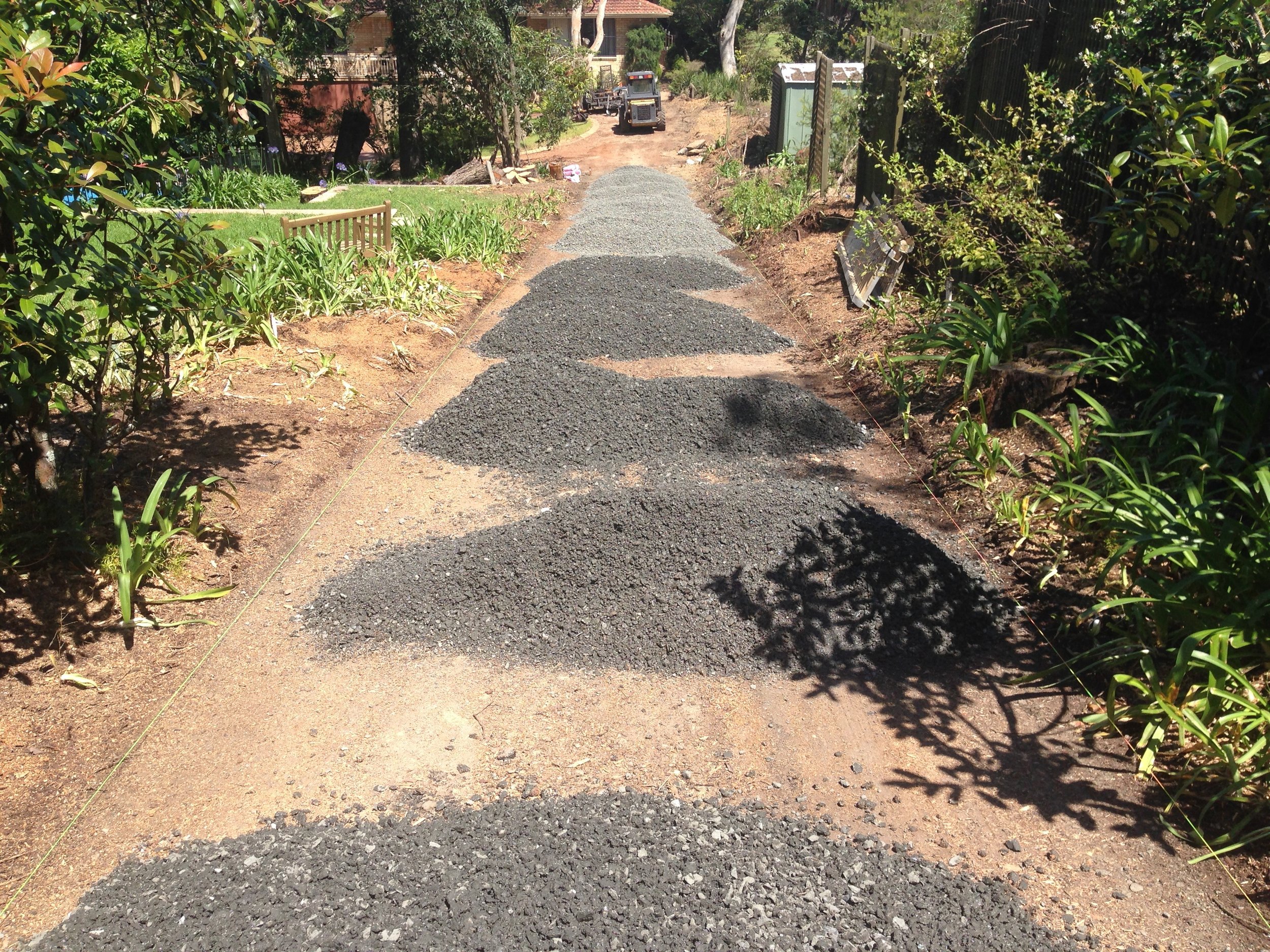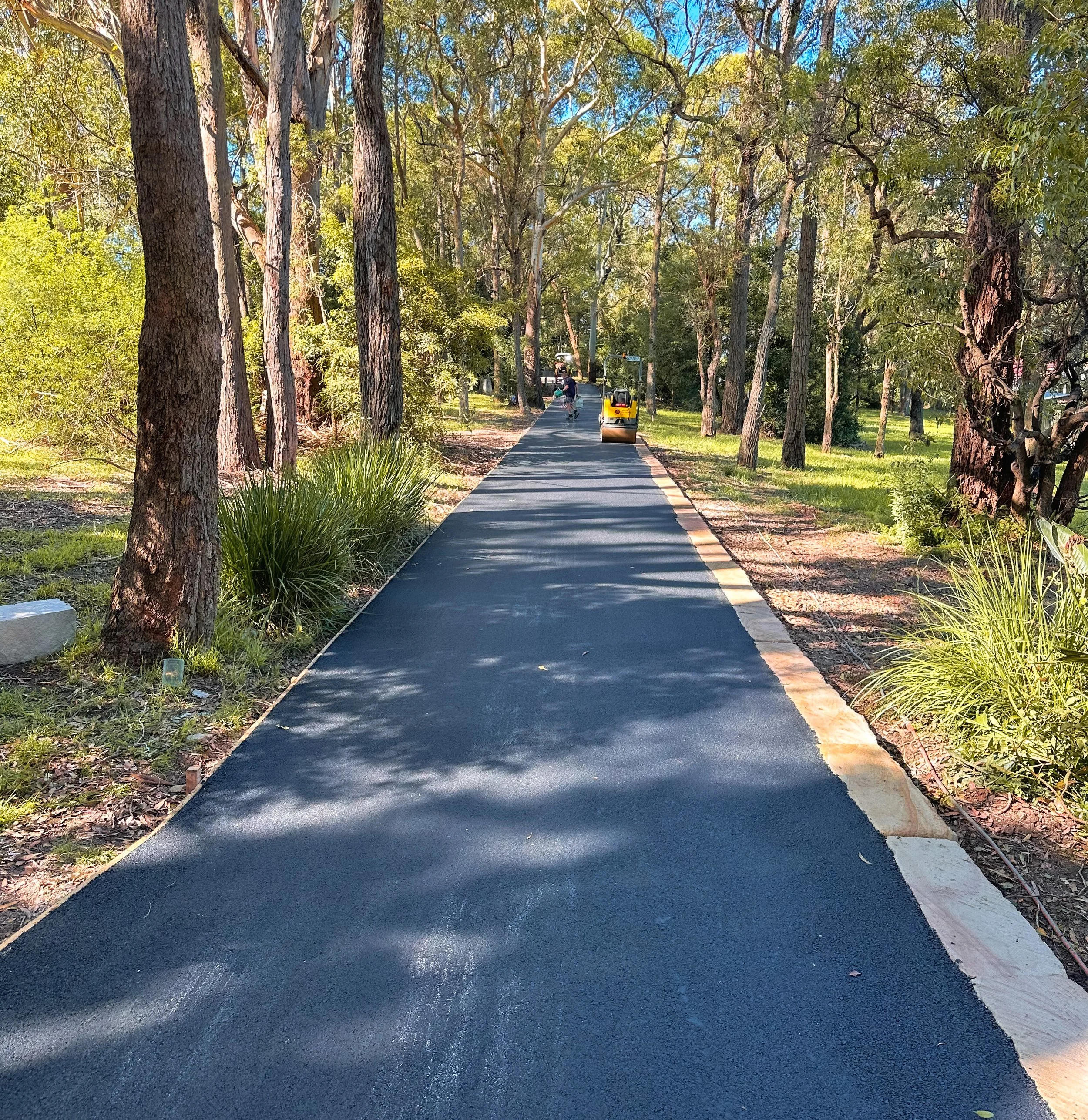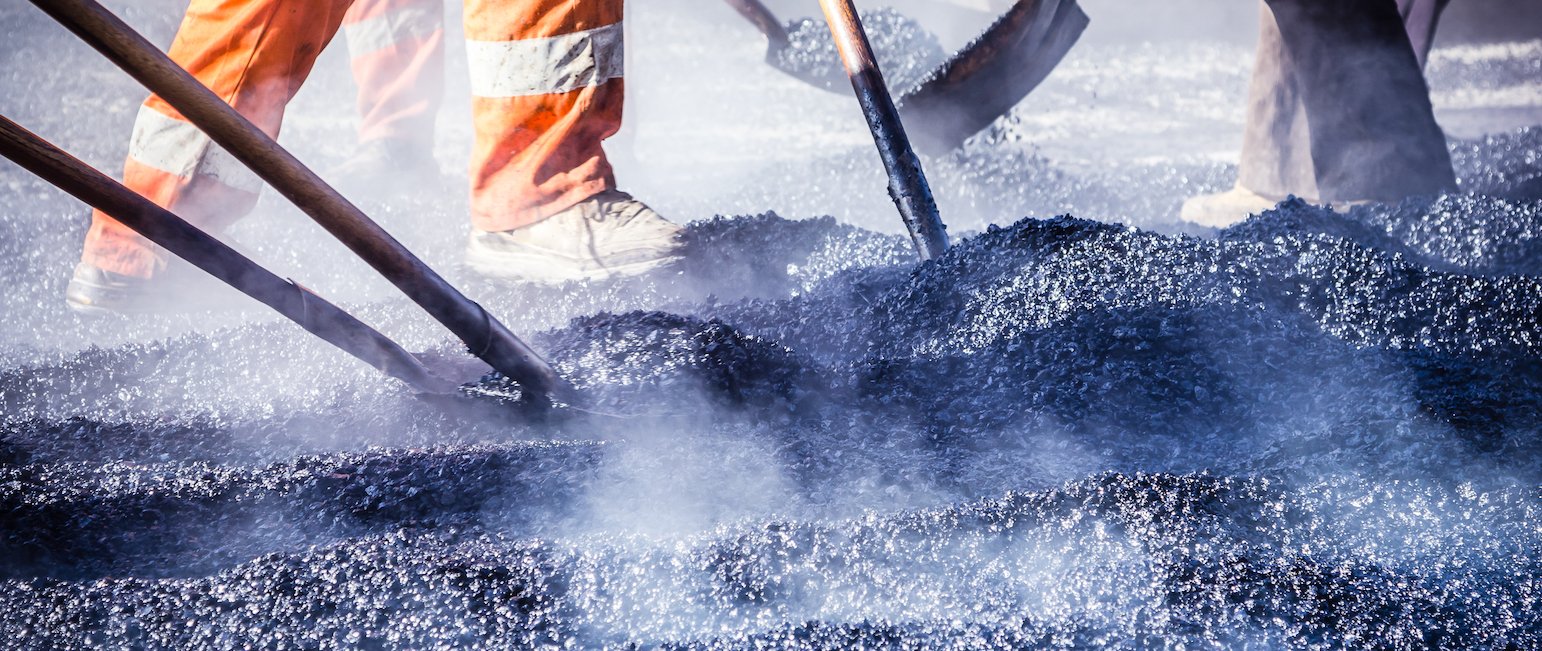
At J Barker Asphalting Pty Ltd, we offer a wide range of asphalt paving services tailored to meet diverse client needs. Our expertise includes:
Carparks: We provide expert asphalt paving for carparks, focusing on creating smooth, durable, and visually appealing surfaces. Our services encompass new installations, resurfacing, and repairs to ensure carparks can handle heavy traffic and adverse weather conditions.
Roads: Our team is skilled in paving roads for both public and private sectors. We deliver high-quality road surfaces that meet safety and durability standards, enhancing transportation infrastructure and ensuring long-lasting performance.
Schools: We offer specialized asphalt paving services for educational environments, including playgrounds, parking lots, and access roads. Our solutions prioritize safety, functionality, and durability to support the daily activities of students and staff.
Strata Carparks: We are experts in paving and maintaining strata carparks, addressing the unique requirements of residential and commercial strata properties. Our services include initial assessments, full restorations, and ongoing maintenance to ensure optimal functionality and aesthetic appeal.
Driveways: We provide high-quality asphalt paving for driveways, creating smooth, durable surfaces that enhance the curb appeal of residential and commercial properties. Our services include new installations, resurfacing, and repairs.
Patching: Our patching services address potholes, cracks, and other surface defects to restore the integrity and appearance of asphalt surfaces. We use advanced techniques and materials to ensure lasting repairs.
Pump Tracks: We specialize in creating and maintaining pump tracks for cycling enthusiasts. Our expert paving ensures smooth, functional, and enjoyable surfaces for all types of pump track designs.
Government Works: We handle asphalt paving projects for government contracts, adhering to strict specifications and standards. Our experience with government works ensures compliance and high-quality results for public infrastructure projects.










